Meet us in Neverland for Michael Pink’s Peter Pan
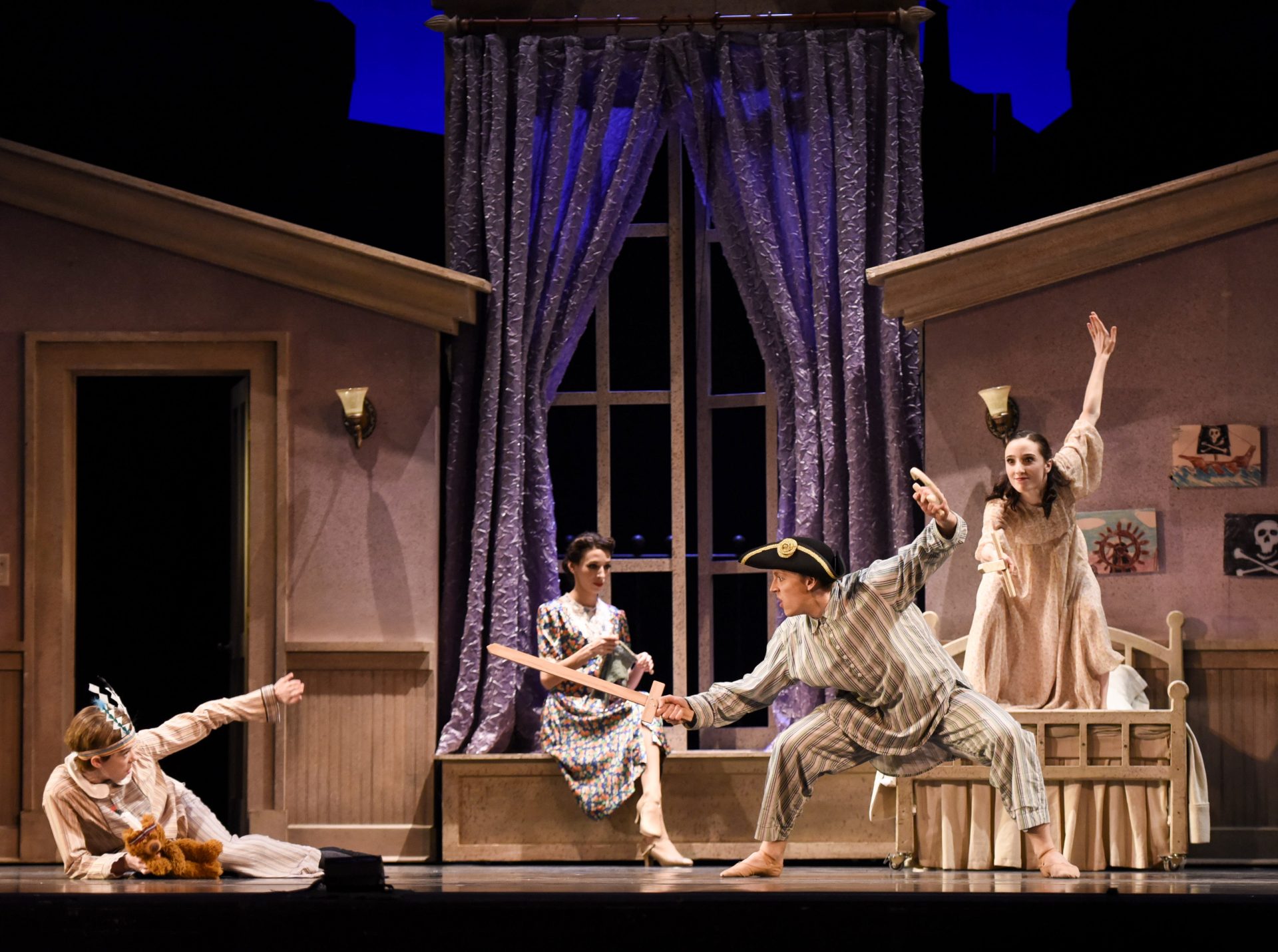

An original score by Philip Feeney
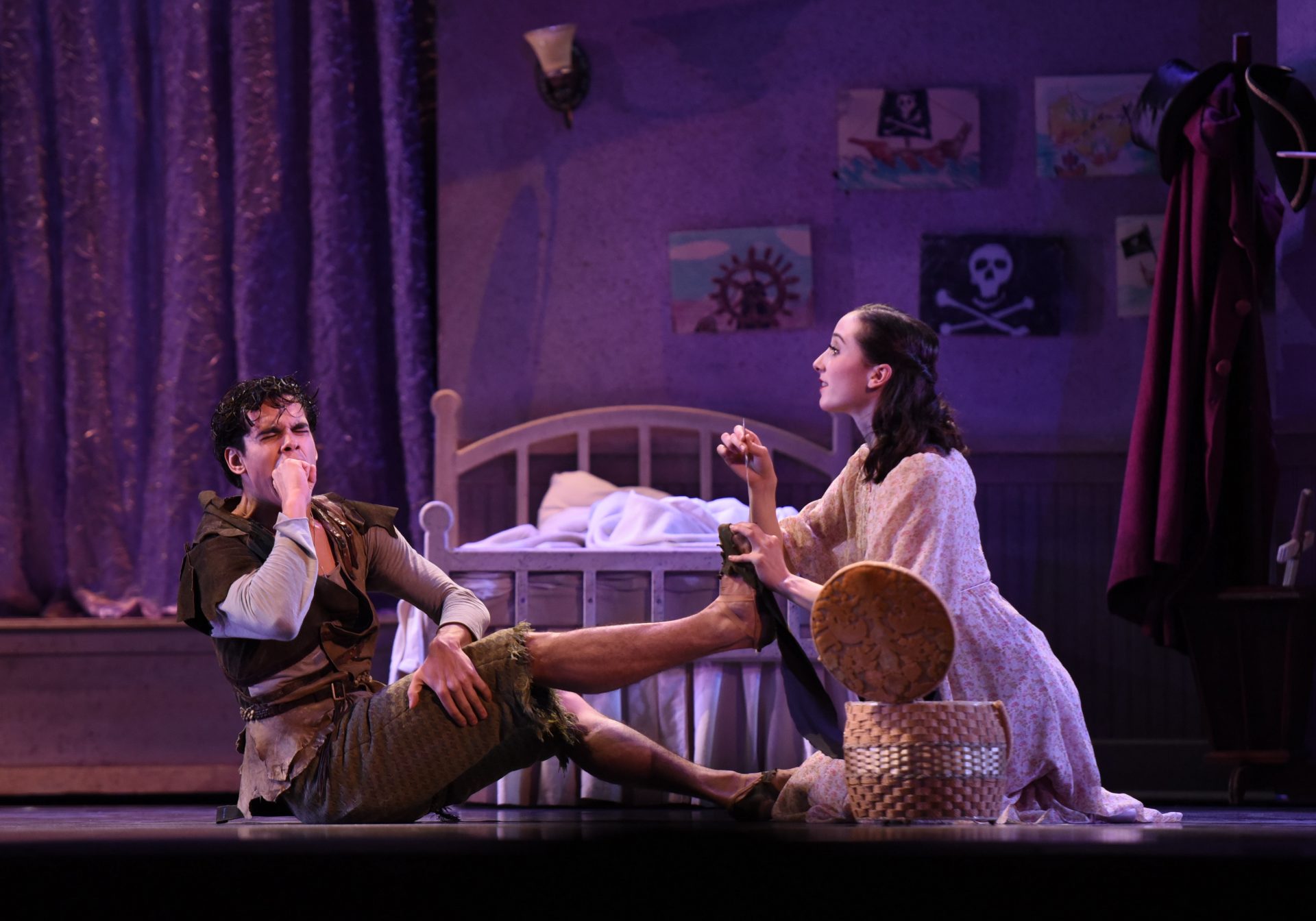

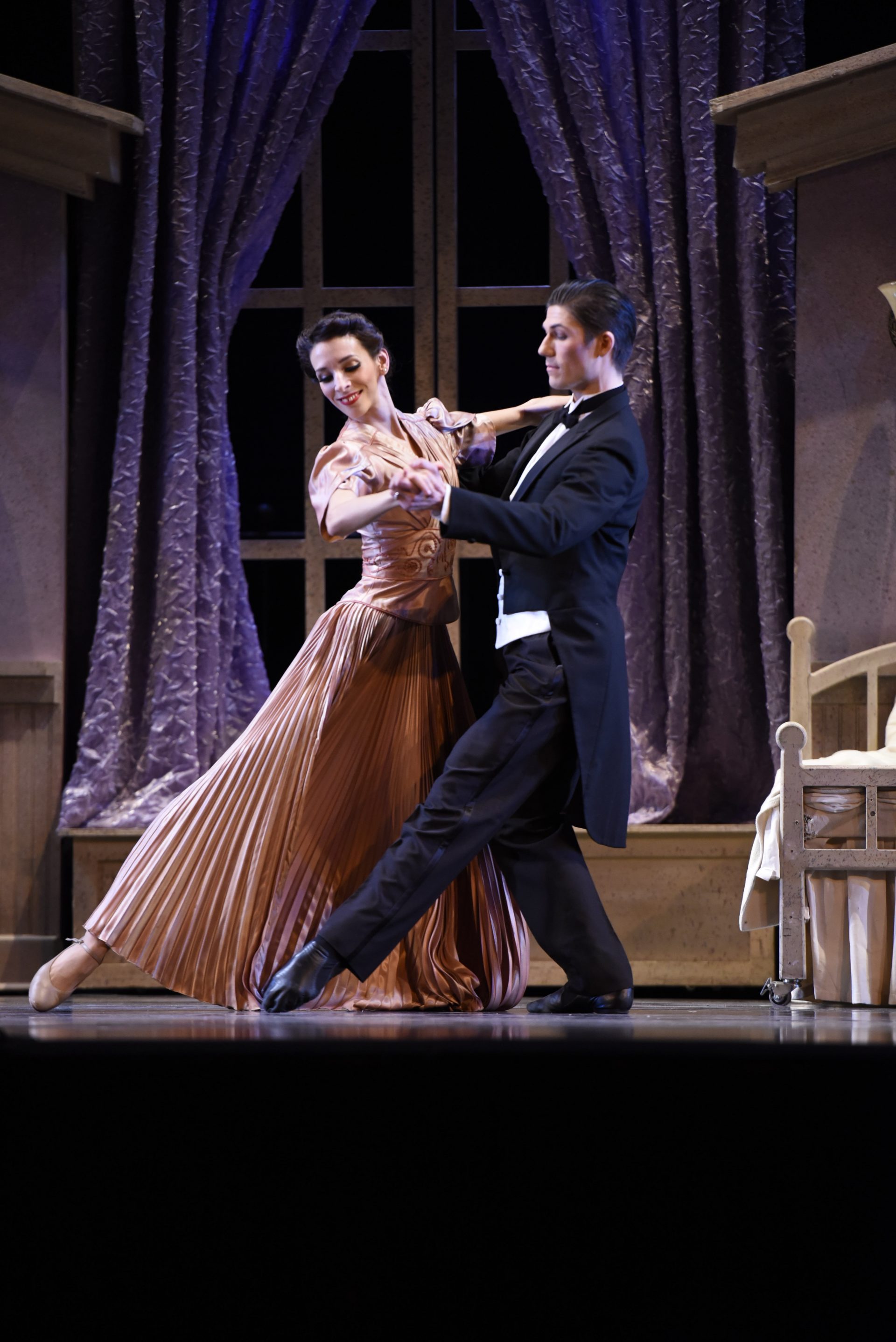

Magical lighting tricks, grand scenery and intricate costumes
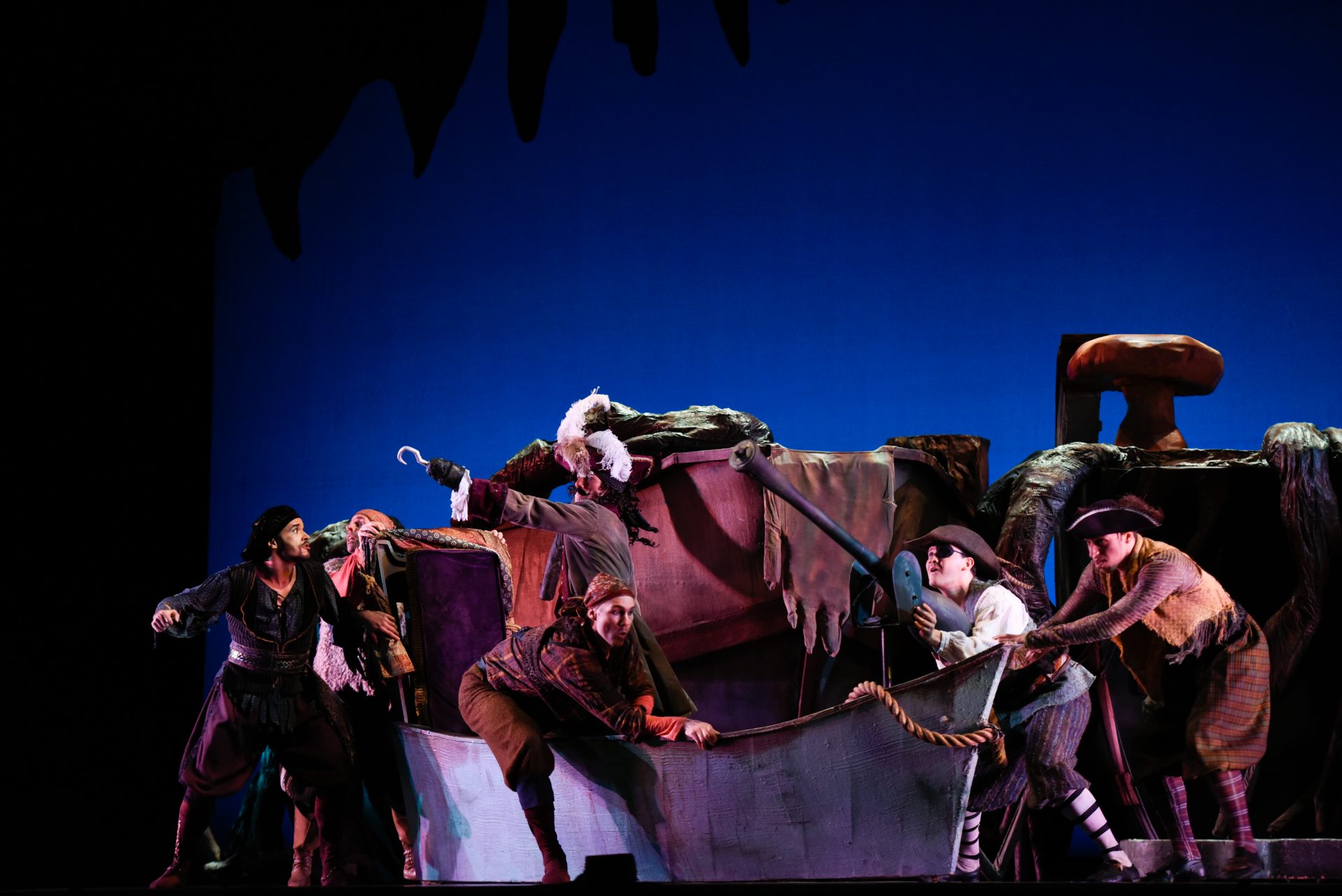

Show Details
Run Time Approximately 2 hours 15 minutes
This ballet is a full length. Meaning, one ballet with intermissions, similar to a book with chapters.
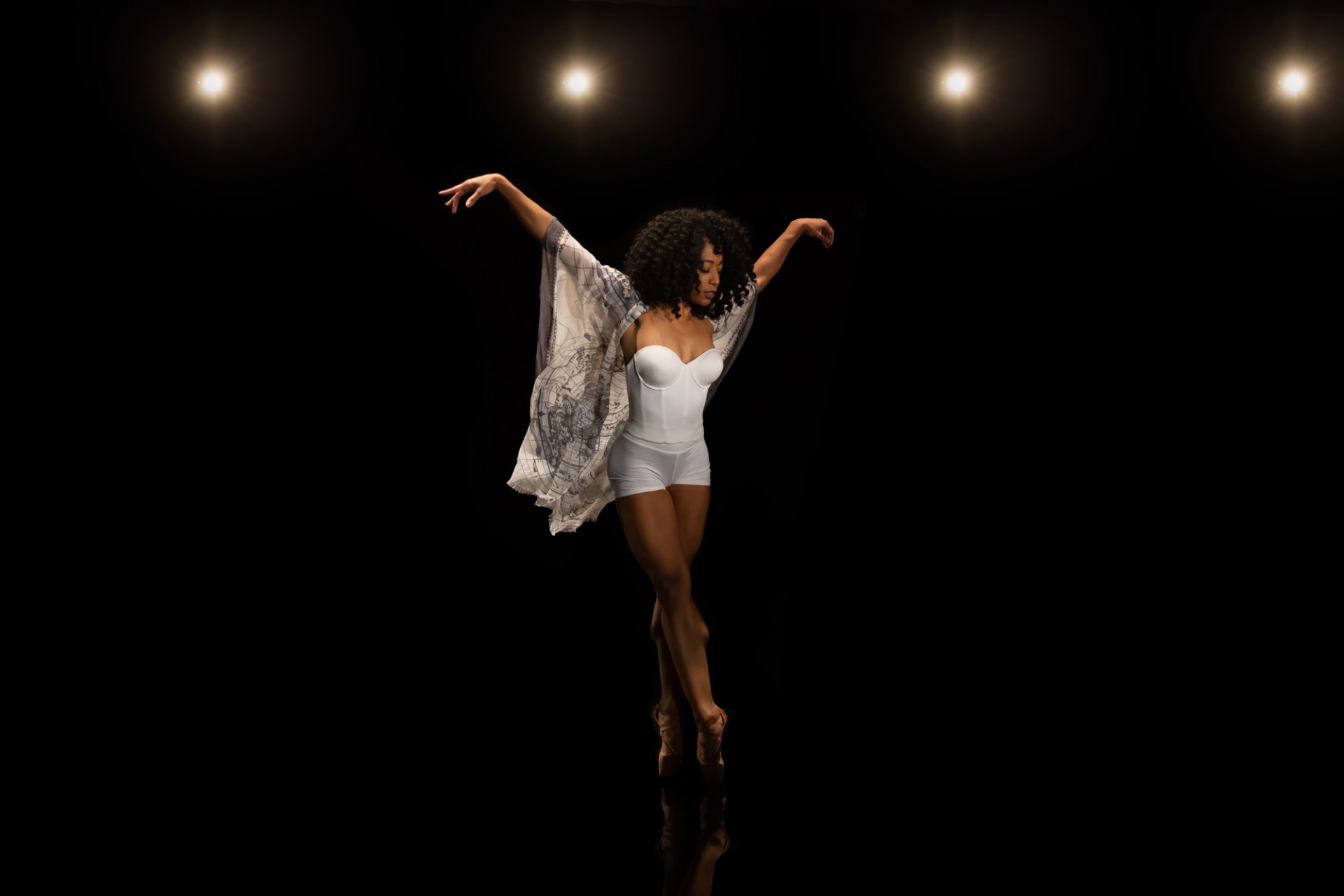
Columbus Dispatch says
“A classic tale soars to new heights”
Ohio Theatre
Get DirectionsMake A Night Of It With Entertainment Before And After The Show.
FAQ
Where do I park?
There are parking garages near the Ohio and the Capitol theatres, as well as limited metered street parking (most of which is free after 6 pm and on Sundays).
Ohio Statehouse Parking Garage
$5 during events
Enter from westbound Broad Street or Third Street.
Riffe Center Parking Garage
$5 during events
Enter from Front Street. Take the elevators to the third floor and proceed along the hall to the Davidson Theatre. (For the Box Office or Will Call, descend the escalators to the first floor.)
Downtown traffic can be heavy, so please plan ahead. We recommend arriving 20-30 minutes early to park, find your seat, explore the program and relax before the performance. Audience members who arrive late may not be seated until intermission.
What do I wear?
This is our most-asked question, and the answer is: You probably won’t feel out of place no matter what you wear. If you want to wear jeans, go for it—we promise you won’t be alone. If you want to dress up, feel free. Many others do, too. We don’t see as much formal-wear in the theater as we once did, though it wouldn’t be unusual to see a tux or a gown at a performance. Basically, anything goes.
Do the dancers talk?
No, dancers express the story or meaning through the movement. In some story ballets, dancers will use pantomime (exaggerated movements) to help you understand what’s happening. If you see a ballet with pantomime, head to the lobby, where we’ll have more information and guidance. If you ever struggle to follow along, feel free to chat with a BalletMet staff member in the lobby who will happily answer any questions you have.
When do I clap?
If you are wowed by something you just saw, please do applaud. At BalletMet, we love to hear clapping. It’s uplifting to those performing, as they can often feel your excitement and energy on stage. So applaud whenever you see fit! Note: Not every ballet company feels this way, so keep that in mind if you happen to be at another company’s performance.
Images by Jennifer Zmuda

